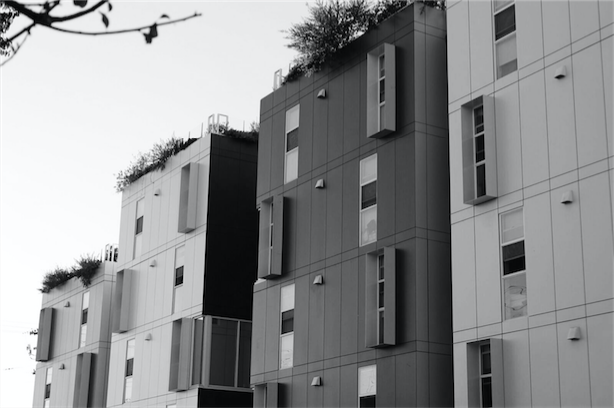Photograph by Maralina Caldas
Housing crisis. Rent control. Displacement. In our current climate, it’s hard to get to the bottom of these issues that have only become more pressing in the Bay Area. As we’ve seen for the past few years, terms such as gentrification and displacement have become increasingly popular in our news headlines. Gentrification has placed many low income residents, typically people of color, at risk of losing their homes.
The Urban Displacement Project, a research initiative of University of California Berkeley, reported that in 2015, roughly 62 percent of low-income neighborhoods in the Bay Area were at risk for, or were already experiencing gentrification. Our local and state governments have strived to find solutions to this crisis. But how effective have they been?
In California, rent control is combatting this crisis. Active in 15 cities in the state, rent control refers to government regulation of the amounts charged for renting housing. In turn, it prevents landlords from skyrocketing rent. While this sounds like the perfect solution to these issues, there’s a catch.
The Costa-Hawkins Act was passed in California in 1995, limiting rent control in the sense that it allows landlords to raise rent when a tenant moves out. But once someone moves in, there is a cap on the rent they can charge. This is commonly referred to as vacancy decontrol. Many landlords use excuses such as renovation as a way to remove tenants from their buildings and raise rent. The bill also makes it difficult for young people to find housing due to high rent, as the progression of life pushes them to move out of their rent-controlled apartments.
Secondly, it prevented the construction of new rent-controlled housing after February 1, 1995. Due to this shortage of housing, landlords have raised the rent of vacant homes even higher to meet demand. So, those who have benefited the most from rent control are residents over 40, who were renting before the bill was passed.
Sadly, the effects of rent control have not been as drastic as we would hope. Because of its limitations, other solutions have been proposed such as subsidized housing, which has helped lower the cost of housing for low-income residents. According to a podcast on KQED news, “Just to keep up with population growth California needs 180,000 new homes each year. And California has been averaging less than 80,000 new homes.” Clearly there needs to be some form of government regulation on the housing market, and rent control has failed to meet the growing demand for housing in California.


